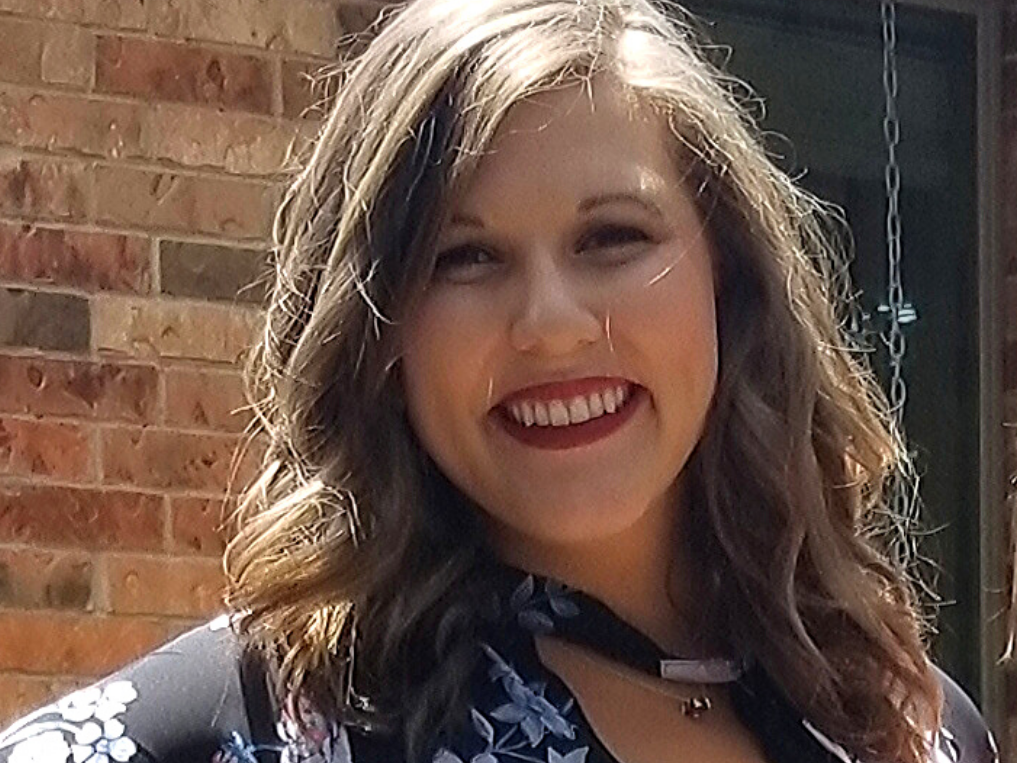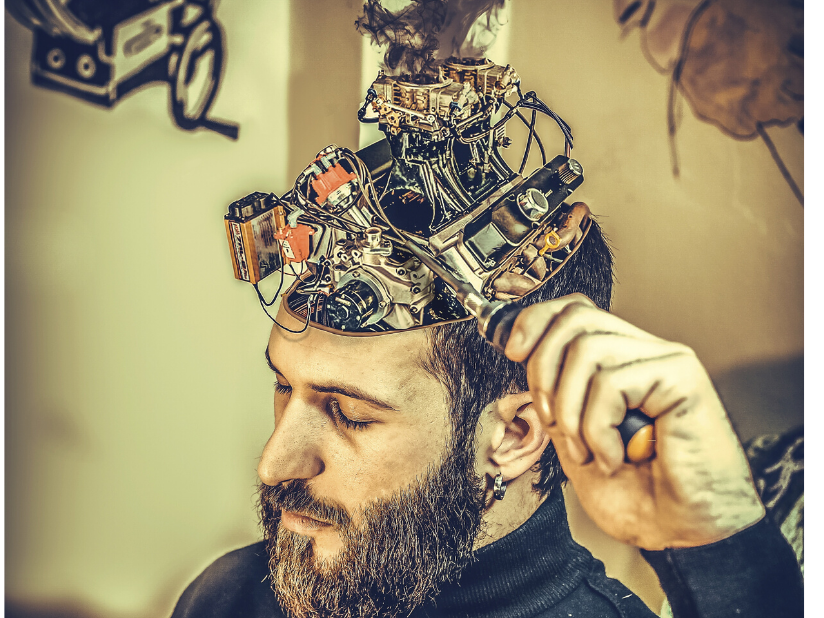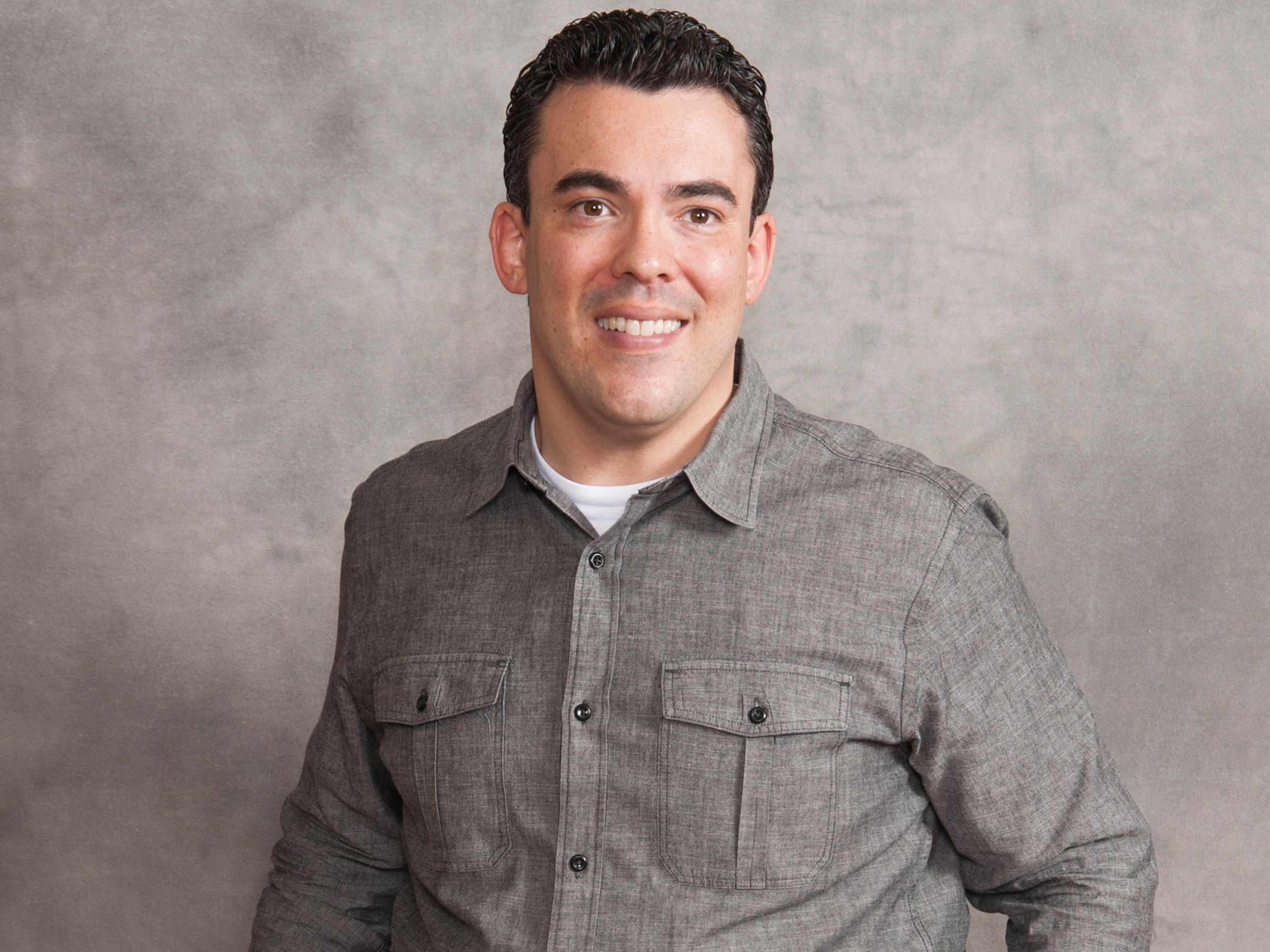Ashley Rawlins is a Doctor of Physical Therapy. She has advanced certification in the treatment of Pelvic Health and Obstetric Health (CAPP-Pelvic, CAPP-OB). She specializes in the treatment of pelvic floor muscle dysfunctions including pelvic pain, sexual dysfunction, pregnancy related pain, postpartum recovery, and bowel and bladder dysfunction. She is a practicing clinician, educator, and author in the field of women's health physiotherapy.
She has taught courses on women’s health physical therapy to physical therapy students in Dallas, has provided education to groups throughout the community, as well as assisting in teaching continued education courses to physical therapists across the nation.
During the interview we discuss the myriad of ways that pelvic health physical therapists (PHPT) can improve quality of life for individuals experiencing pelvic floor dysfunction. We discuss the range of conditions that PHPTs treat, how many conditions that are considered “common” are not normal, several neurologic conditions that can benefit from PHPT and how physical therapists can play an important role in pre and postnatal care.
Ashley is the owner of Inspire Pelvic Health, LLC in Dallas Texas
Instagram: @womenshealthbyashley
Show Notes
-Pelvic health includes anyone with a pelvis and a pelvic floor
-There are multiple ways for PTs to get advanced training in pelvic and obstetric health
-CAPP-Pelvic and CAPP-OB provided by the American Physical Therapy Association
-WCS: Board Certification in Women’s Health
-Residency in Pelvic Health: certified by the APTA.
-Herman and Wallace Courses
-Clients/patients can look for some of these certifications and experiences to know their practitioners have advanced training in these areas
-Pelvic Health Physical Therapist Locator:
-Herman and Wallace search tool:
-Pelvic Health, Academy of the APTA:
-Scope of practice for pelvic health (not exhaustive)
-anything from bottom of ribcage to top of knees
-post surgical: pelvic, spine, total hip replacement, fracture repair
-urinary incontinence
-pelvic or vaginal pain
-pre- and postnatal populations
-low back pain
-pubic symphysis pain
-osteoporosis
-breast cancer rehab
-lymphedema
-female athletes
-chronic lumbopelvic pain
-bowel dysfunction
-constipation and fecal incontinence
-Pelvic floor= secret key of power to our lumbopelvic health but is something we don’t often think about. It is not an area of our anatomy that we often think of having dysfunction. It can, however, be the key to our reaching higher levels of rehabilitation
-Symptoms that may indicate referral to pelvic health PT
-impairments in bower/bladder/sexual functions
-urinary frequency issues
-urinary leakage
-difficulty emptying bladder
-pain with urination
-constipation or fecal incontinence
-pelvic pain symptoms—tailbone pain, vaginal pain, pain with intercourse (dyspareunia), vulvar pain (infection ruled-out)
-low back pain
-groin pain
-Urinary incontinence: many people think it’s “normal” because so many other people experience it, for example, after having kids or if you run a lot. Though it is “common” it is certainly not normal and it is not something you need to put up with if it impacts your life.
-Pain with intercourse: once easily-identified causes are ruled out by OBGYN many people are left without help to understand and treat their dysfunction. Pelvic health PT can often significantly reduce the amount of symptoms by treating underlying muscle dysfunction.
-Mental and emotional health is a huge component of pelvic health. There is a connection between the pelvis and emotional centers in the brain. Any dysfunction in this area can have significant impact on one’s emotional and mental wellbeing wether because of experiencing chronic pain, being unable to participate in meaningful activities or because of past-traumas associated with the symptoms. If the emotional component of pain is not addressed then the physical pain often won’t be completely fixed. Pelvic health physical therapists will refer out to counselors, psychologists or sex therapists as needed—trusted resources.
-Education is key to build rapport and trust between provider and client
-Pelvic floor: group of muscles that act as a sling and extend from the pubic bone to the tail bone, and extend left and right. Form the bottom of our core and act as a basket at the bottom of the pelvis. The diaphragm and the pelvic floor are important parts of the “core”. They surround the urethra, vagina, rectum to help support the functions of the bowel, bladder and sexual organs. The external genitalia are also included. Treatment may be external, transvaginally or transrectally to access the internal structures.
-While treatment may be internal it certainly doesn’t have to be and establishing a good rapport and trust between provider and client is essential. Education and conversation are the cornerstone. Your therapist should take a very thorough history which may take place over several visits as comfort develops
- The pelvis is innervated by autonomic nerves to smooth muscle organs and also motor and sensory innervation to the skeletal muscle. Nerves include the Sacral Nerve and the Pudendal Nerve which carry sensory, motor and sometimes autonomic nerves that support the bowel, bladder and sexual organ function.
-In the neurologic population there might be a disruption in the signals traveling between the brain and the pelvic floor and organs. This can lead to a lot of dysfunction. For example MS, SCI, PD—if there is a dysfunction in that pathway they can experience uncomfortable symptoms like urinary incontinence, constipation and pain. Pelvic health PT can offer treatment modalities that may keep patient’s from needing more medications
-It is important for therapists to consider pelvic health dysfunction in their patients and consider that these impairments could be top priority and necessitate referral to a specialist
-The pelvic floor not only is important for bowel and bladder function and sexual function but is important in breathing, balance, mobility and lymphatic return
-Incomplete spinal cord injuries can respond positively to pelvic healthy physical therapy modalities
-Lifestyle and behavior modifications including some dietary habits can help to treat bowel and bladder dysfunction
-Pediatric pelvic floor dysfunction: bowel and bladder dysfunction in pediatric population if unaddressed, can complicate pelvic health in the future. Urinary leakage, bedwetting and constipation are examples of some common difficulties.
-Biofeedback training can be useful in the pediatric population. Teaching good dietary and hydration habits, bowel and bladder training can be very beneficial as well.
-Academy of Pelvic Health and Hermann and Wallace websites also provide resources for pediatric pelvic health
-Awareness of pelvic health physical therapy providers is poor amongst physicians in general though likely more common in the gynecologic and urology physician population
-Pelvic health PT treatments may be a way to reduce reliance on medications aimed at reducing bowel, bladder and sexual organ dysfunction






